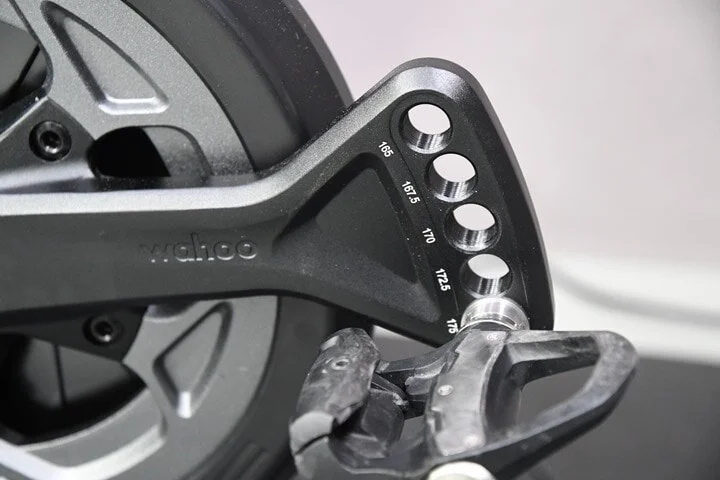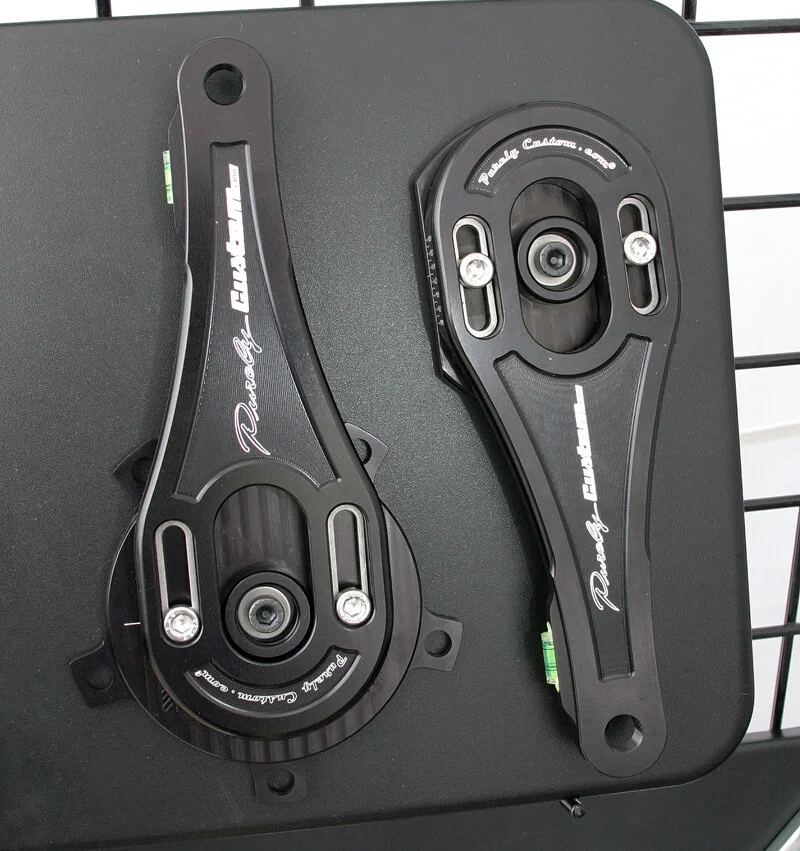A common trend over the past few years has been the move to steep seat tube angles on mountain bikes, especially in the Enduro / Trail Bike segment. This would mean bikes with 120-160 mm travel roughly.
Historically, mountain bikes have featured on average a 73 seat tube angle and many are still really close to that. I think there are a few around with 72 degree STA but more common is the steeper ones around 74 degrees and plenty more examples around 75-78 degrees. For reference, a slack seat tube angle would be seen on a beach cruiser around 65 degrees or so and a very steep seat tube angle would be on a triathlon bike around 78-80 degrees. The higher number means your hips are further forward...think of a unicycle with the seat directly over the cranks, that would be 90 degrees.
Before we go too deep here, be aware that there can be a virtual and actual seat tube angle on many bikes…the virtual one is what is most important. The diagram from Turner below is a great representation of this.
Anyway, I think the push towards steeper STAs have been in part driven by slacker head tube angles. The slack HTA makes for better stability and confidence on nasty downhill stuff but a wandering front wheel on climbs. By moving the rider further forward with the steep STA there is more control on climbs.
Most bikes in this category also have dropper seat posts which means the saddle is out of the way on downhills so the angle of the seat tube doesn’t really matter all that much descending. The primary time STA matters is during seated pedaling, which most riders do LOTS of. If you want to dive into this topic more, look over articles from Steve Hogg or Keith Bontrager on this.
Let’s go over a few practical details:
Respect the Design: If you already own a mountain bike, my best advice is just start with the saddle in the middle of the seatpost. Bikes are designed by very smart people and I like to stick to the intended fit and design without going too crazy. Big travel trail bikes will have the seat more forward than a cross country hardtail, there is no way around it. Don’t try to make the bike something it isn’t. Often riders with a short torso and long legs will like the seat moved forward some and riders with more normal proportions or a long torso and shorter legs will prefer the seat moved back for reasons mentioned in the Body Proportions section below. Bikes with a steep STA tend to feel too short in the reach from saddle to bar when seated and this is really just a compromise of modern geometry.
Terrain: Are you always climbing steep, then descending steep? A steeper STA is great here as you aren’t worried about flat ground pedaling all that much. A STA that is too steep will cause too much weight on the hands in hard singletrack riding and really make for some weird handling. Around here in the Southeast I’d lean towards more of a slacker STA due to how much seated pedaling we have. Also consider the wheelbase of the bike compared to your favorite trails. Bikes are getting longer and this isn’t always a good thing.
Body Proportions: Everything else being even, a rider with a shorter torso will want a steeper STA! The shorter torso requires less distance for the hips to be behind the bottom bracket to counterbalance the position. Heavy feet, light hands ya know? Long torsos will usually demand a slacker STA to achieve this. Also, the rider with a more aggressive forward lean while pedaling will often like a touch slacker STA since the more horizontal torso position projects more weight forward onto the bars. As we talked about above, this is somewhat predetermined for you based on what bike you have.
Personal Preference: Go test ride some bikes! Decide for yourself versus letting Specialized or Trek dictate what YOU should be on. Riders that do lots of accelerating out of turns and out of the saddle climbing will be more sensitive to differences due to the frequent body position changes. Often, you will need to change your riding style a bit to suit the bike that you are on.
Bike Choice: In general, longer travel bikes have a steeper STA and a more upright position MOST of the time. There are exceptions to this, but I’ve noticed I like the steeper STA on my old Fuel EX but would HATE it on my new Procaliber hardtail. Full suspension bikes will often make better use of a steep STA than a comparable hardtail due to the suspension sag climbing which makes the bike even slacker.
Getting Used To It: Anatomy wise, the forward seat position means more quad usage and less hamstrings, glutes, and low back. This means the knee is further forward over the pedal spindle, which I’m not too worried about as KOPS is kind of an arbitrary relationship. This means the pedal stroke is a bit “knee dominant” which isn’t a bad thing in my opinion.
How to adapt?
Firstly, make sure your seat height is correct. Too low and too far forward is BAD. Also doing some solid off bike training is a good idea. Goblet squats, step ups, and split squats are good options. The seated knee extension machine is solid also. Don’t be scared of it. Also regardless of what STA the bike comes with riders with long legs will need a more forward seat position vs the long torso crowd. Also riding a foot position a bit more forward on the pedal than usual can help a steep STA feel better.
Hopefully this serves as a more objective guide to seat tube angles. It is way more than just accepting that really steep STAs are the future for everyone that rides trails.



